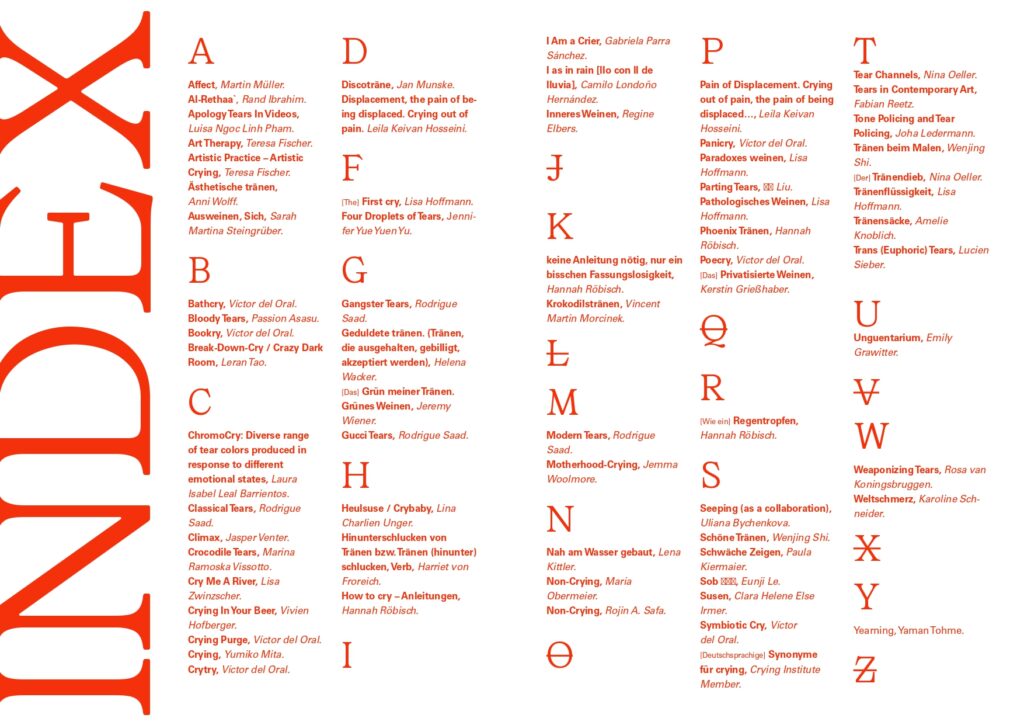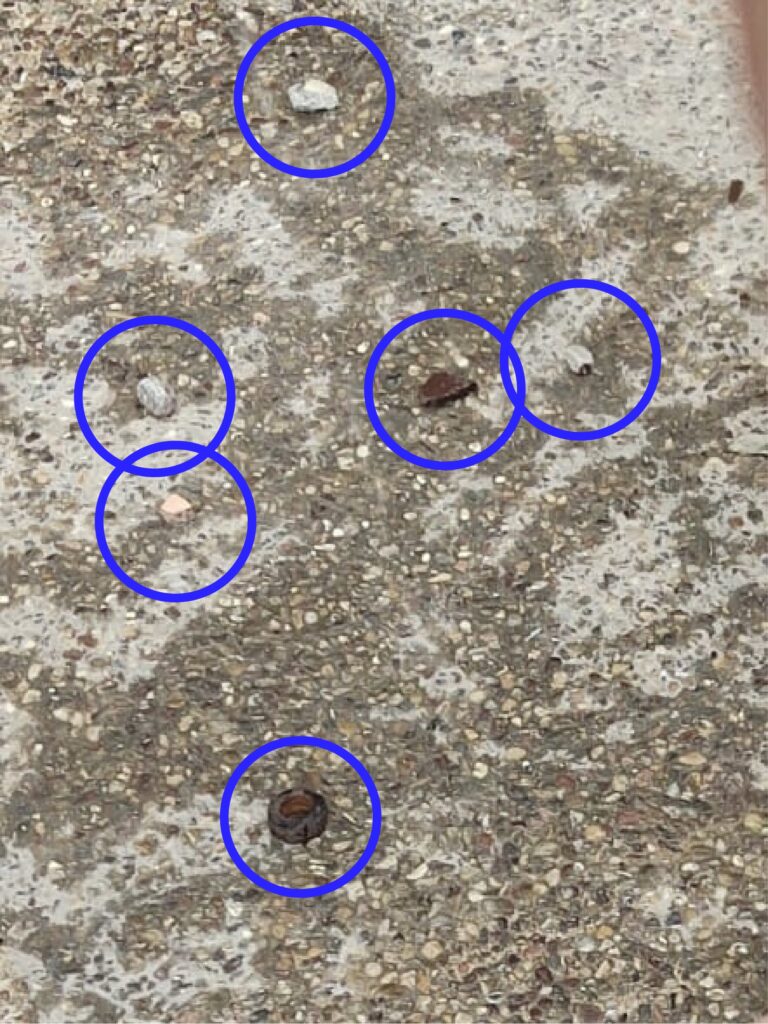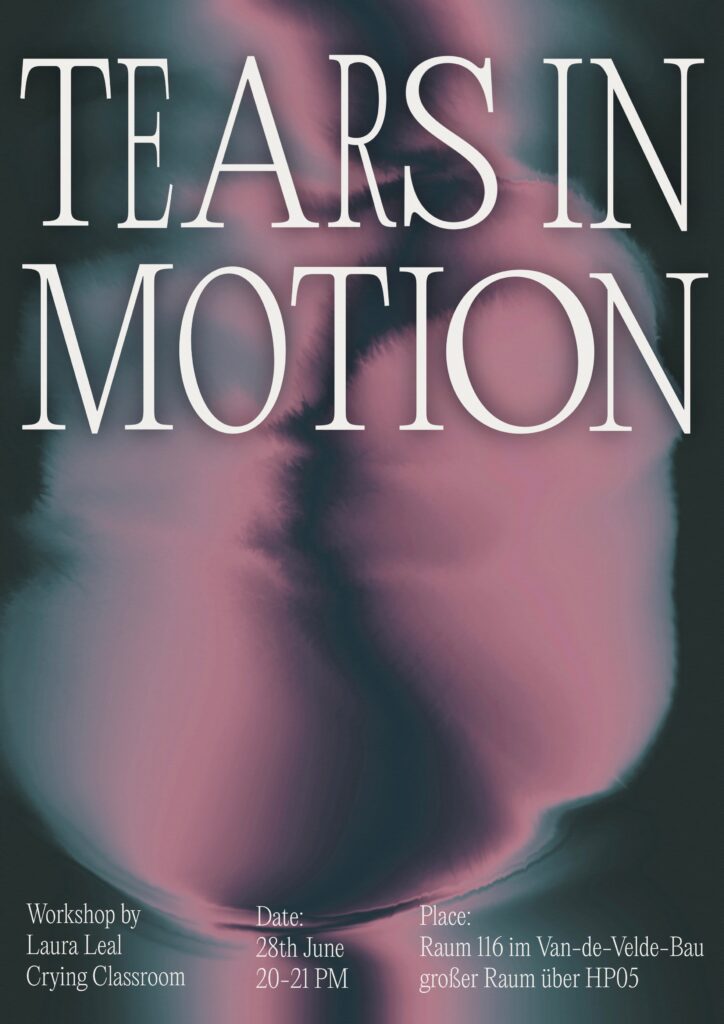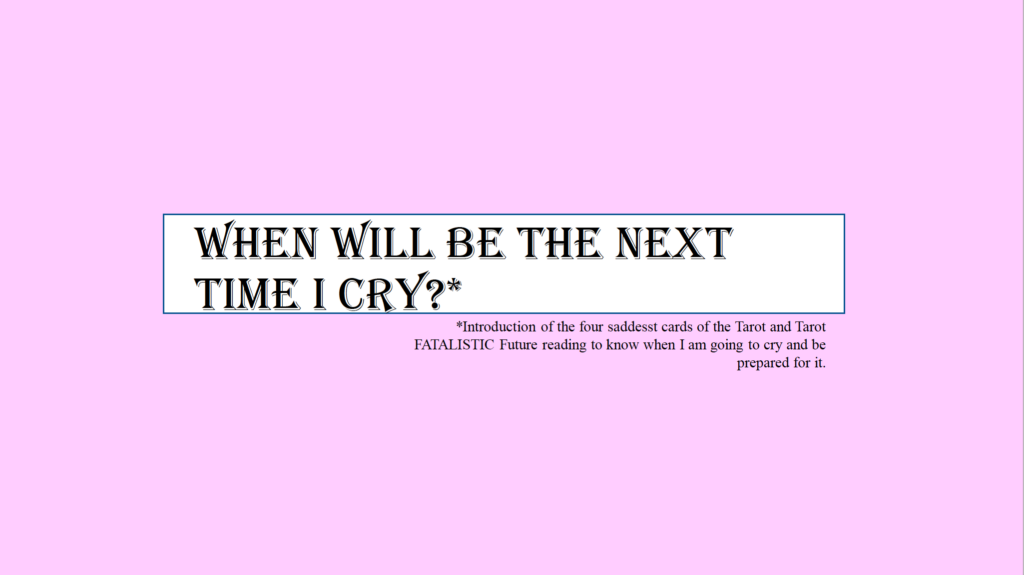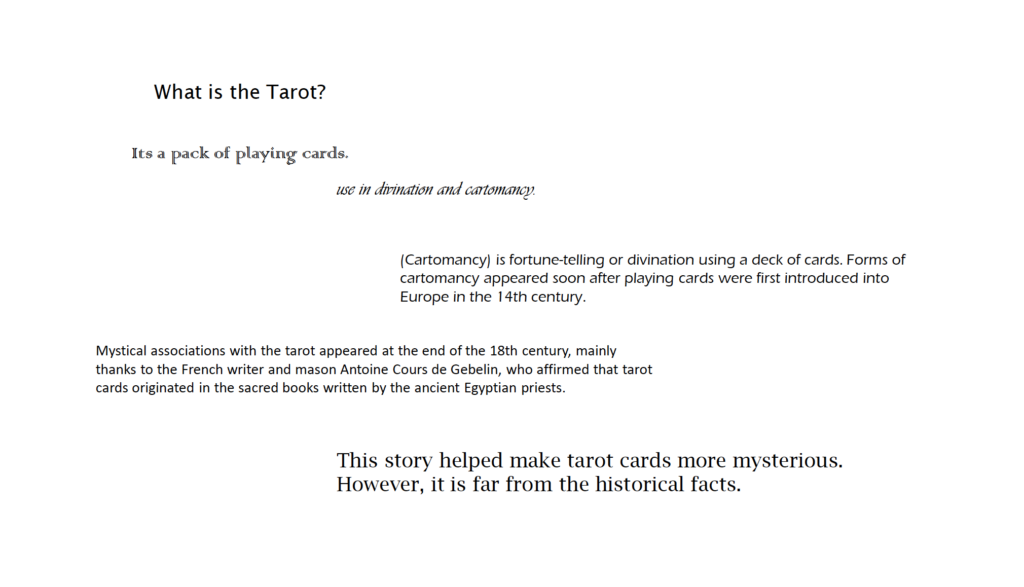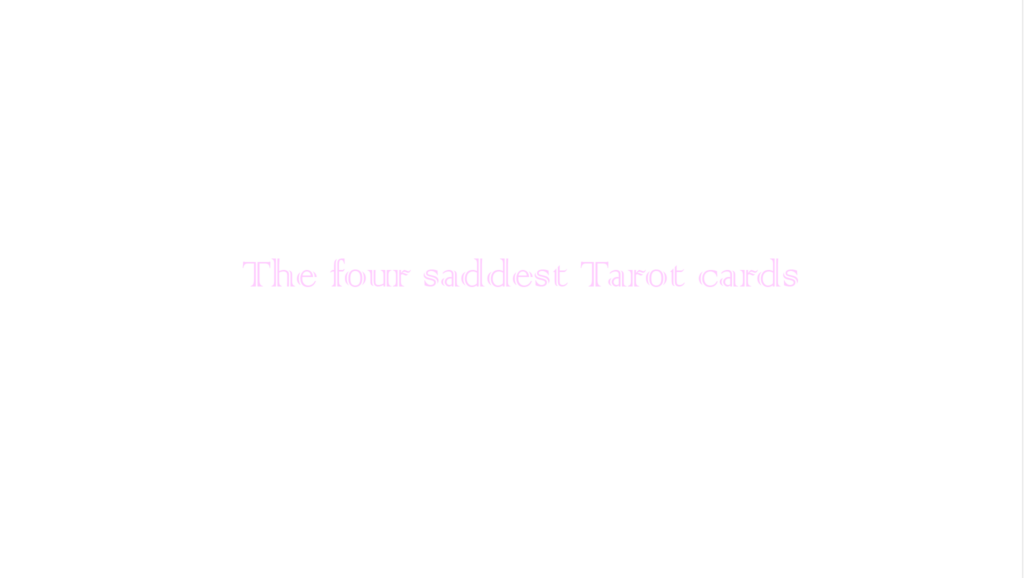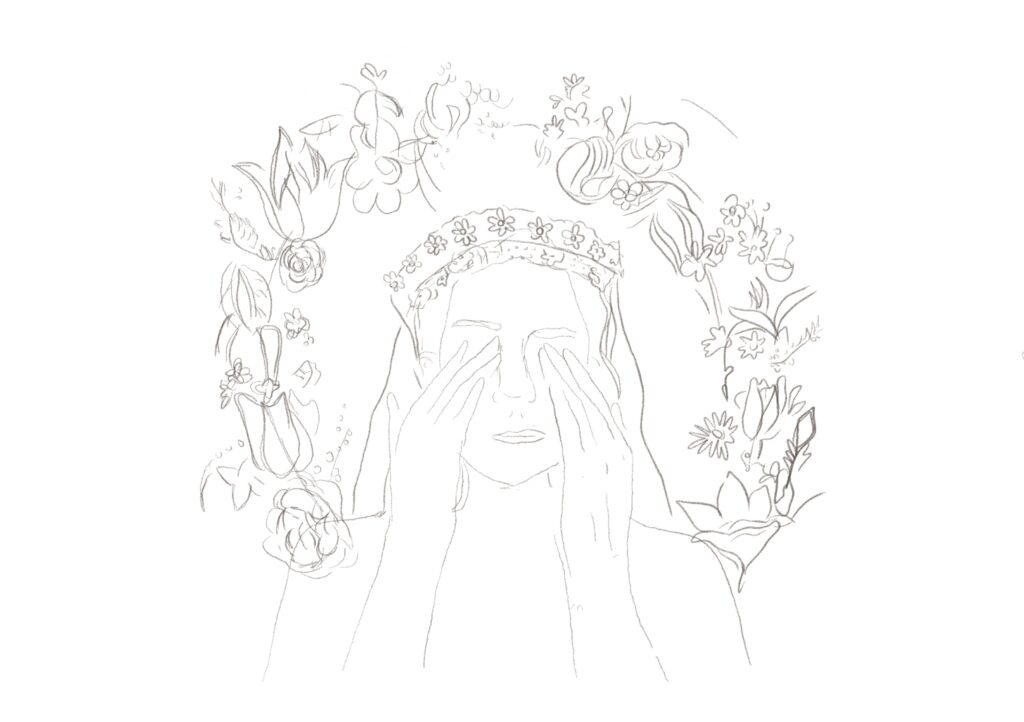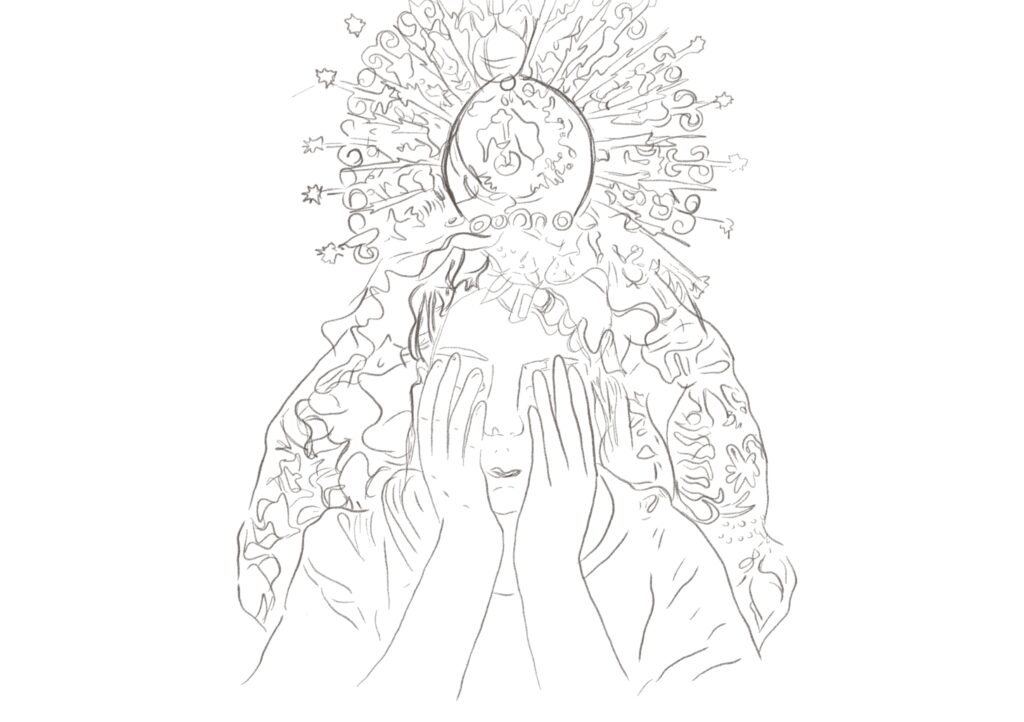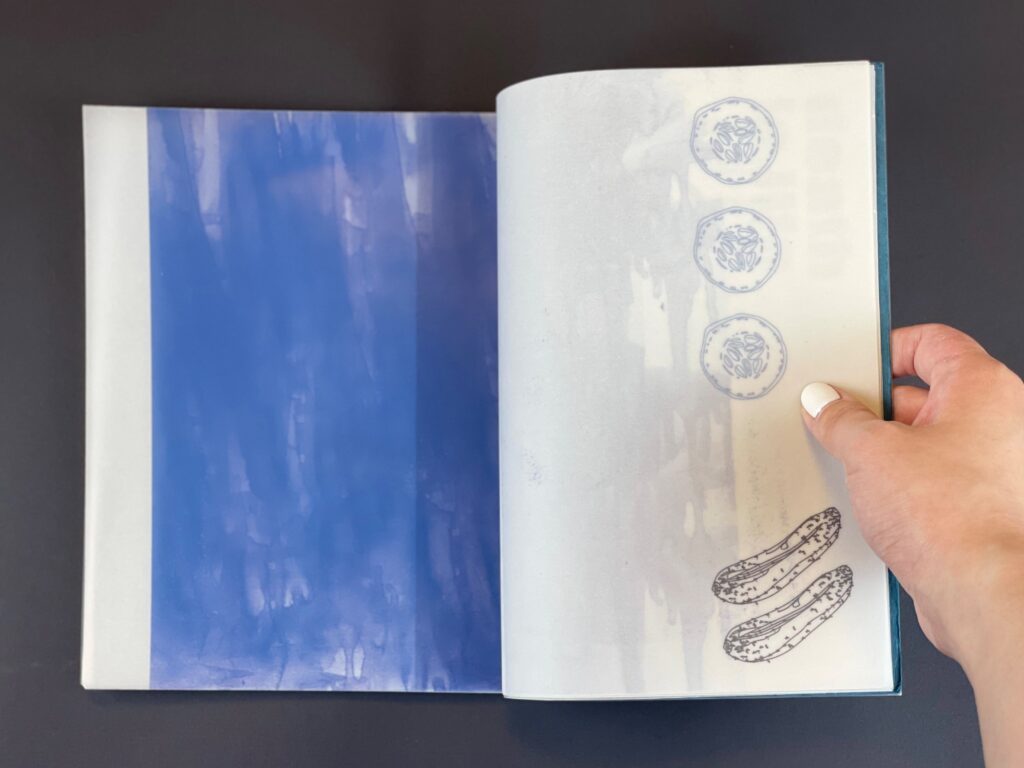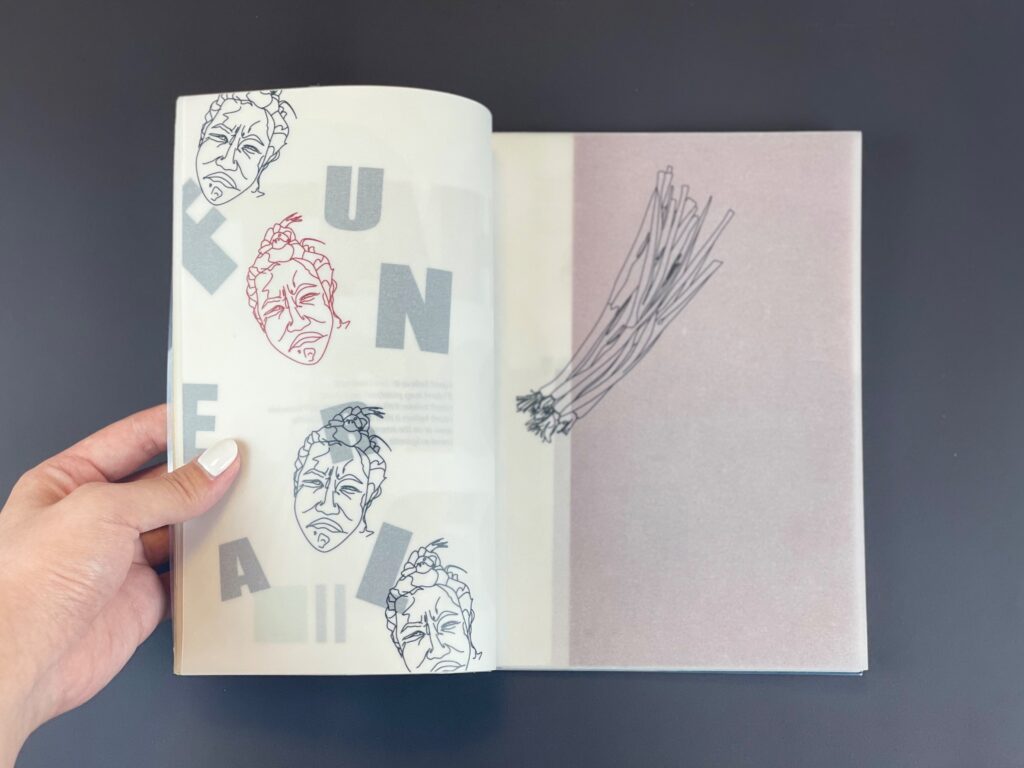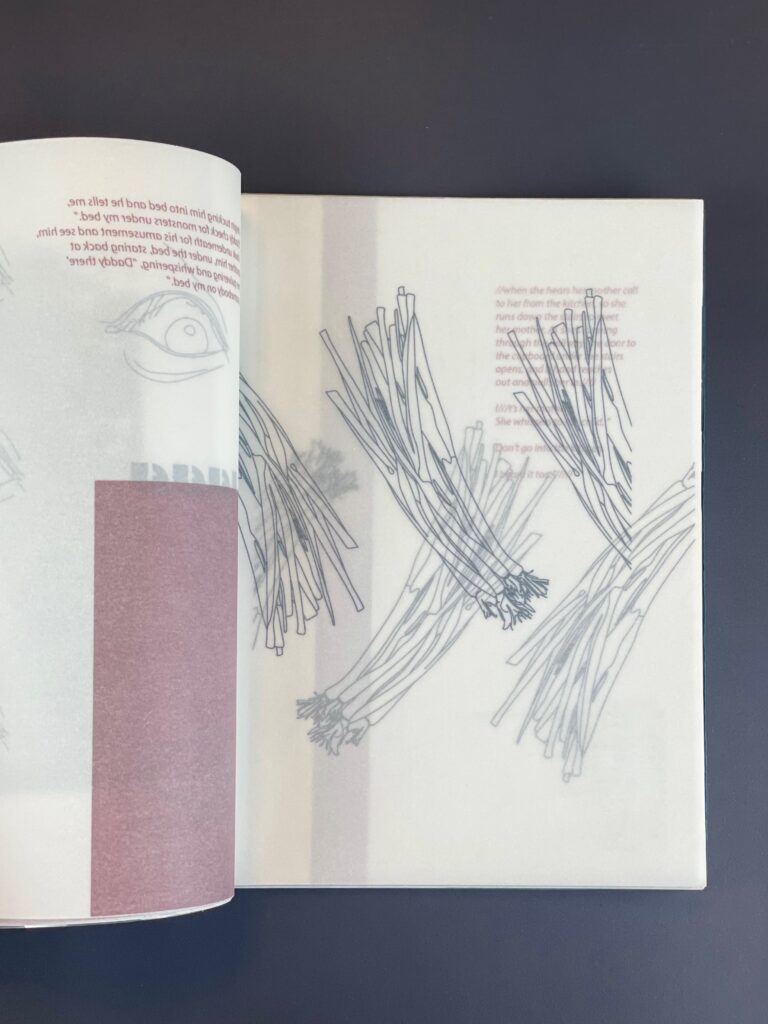With The Crying Handbook, we — 51 authors from a dozen countries in 4 languages — present 68 glossary entries on the subject of crying. The handbook is arranged alphabetically and includes terms which unfold the field of crying.
The Crying Handbook is a result of our research in the context of the seminar Crying Institute in the winter semester 2022/2023 at the Bauhaus University Weimar, Faculty of Art and Design, professorship of History and Theory of Art (https://cryinginstitute.artnextsociety.net) and has been published in cooperation with the follow-up project Crying Classroom (https//cryingclassroom.net), led by Nadja Kracunovic and Rand Ibrahim, with support from Birte Kleine-Benne.
The handbook brings together a multitude and diversity of thoughts, feelings and affects of students, designers and artists from all over the world who come together at the international Bauhaus University in Weimar.
You can purchase a numbered copy directly from the publisher for €20 – while stocks of the 100 copies last: https://luciaverlag.de

Mit dem Crying Handbook legen wir — 51 Autor*innen aus einem Dutzend Ländern in 4 Sprachen — 68 Glossareinträge zum Thema Crying vor. Das Handbuch ist alphabetisch geordnet und enthält Begriffe, die das Feld des Crying auffalten.
Das Crying Handbook ist ein Resultat unserer Forschungen im Rahmen des Seminars Crying Institute im Wintersemester 2022/2023 an der Bauhaus-Universität Weimar, Fakultät Kunst und Gestaltung, Professur Geschichte und Theorie der Kunst (https://cryinginstitute.artnextsociety.net) und wird in Kooperation mit dem Nachfolgeprojekt Crying Classroom (https//cryingclassroom.net), federführend von Nadja Kracunovic und Rand Ibrahim, unterstützt durch Birte Kleine-Benne, herausgegeben.
In dem Handbuch begegnen sich eine Vielzahl und Vielfalt an Gedanken, Gefühlen und Affekten von Student*innen, Designer*innen und Künstler*innen aus der ganzen Welt, die an der internationalen Bauhaus-Universität in Weimar zusammenkommen.
Das Crying Handbook kann direkt beim Verlag für 20,- € erworben werden – solange der Vorrat der 100er Auflage reicht: https://luciaverlag.de
